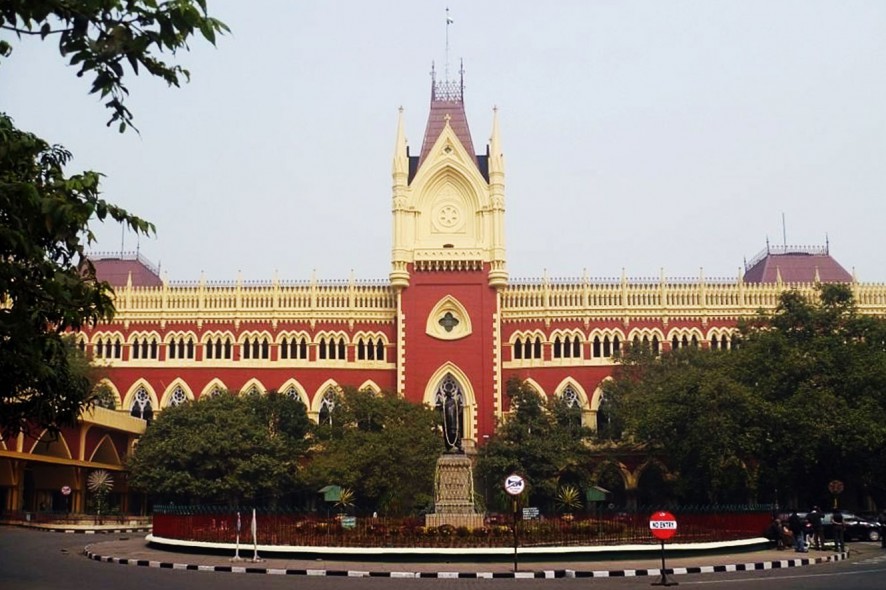Calcutta High Court: The Court recently had to decide on a death reference under Section 366 CrPC against the order of conviction under Section 302 IPC and sentence of death passed last year by the Court of Additional Sessions Judge, Hoogly. Also, the accused appellant had appealed against his conviction.
The accused was charged of killing his 26 year old wife and 7 year old son. The Court found that the victim lady was beaten and tortured since the day she entered her matrimonial home by her husband and other family members. Also, the accused threatened her to cut with chopper and both the victims were actually killed by slicing their throats with sharp weapon. Motive was clear and the weapon was recovered.
The accused was found guilty on trial relying on all the witnesses and circumstantial evidence proving his conviction beyond reasonable doubt on which he was awarded death sentence. The Division Bench of the High Court too agreed that the prosecution proved its case beyond reasonable doubt. The next important question that the Court had to decide in this reference was whether the punishment given commensurates with the offence and to ascertain this, the aggravating and mitigating circumstance needs to be considered.
The aggravating circumstances as noted by the Court were that the accused killed his own wife and child, that he had an affair with his sister-in-law and he killed the lady and child in response to the refusal to proposal of marriage by the sister-in-law, that he consumed country liquor in order to prepare himself to commit the brutal and cold-blooded murder and that he informed everyone that his wife was bitten by a snake after killing her.
The Court tried to consider the mitigating circumstances like the reason he consumed liquor knowing that in senses, he would not be able to do it observing that aggravating circumstances clearly outweigh the mitigating circumstances. The Court also considered it important to study from which the appellant came. It noticed that his background was neither defined nor refined. He was a truck driver, was accustomed to consumer liquor showing the strata of the society that he came from. The Court discussed that had he been educated, he could have found some other means of marrying her lady love.
The Court had to look into whether the case could be classified as rarest of rare case and cited Haresh Mohandas Rajput v. State of Maharashtra, (2011) 12 SCC 56 wherein Supreme Court observed that the rarest of rare case comes when a convict is a menace and threat to harmonious and peaceful co-existence of the society. The High Court perceived that there was no reason to believe that the appellant couldn’t be rehabilitated and reformed and it doesn’t seem that he would continue with his criminal activities proving to be threat to society.
At the same time, the Court considered that his acts did not call for sympathy and awarded 30 years of sentence without remission as granted in Swami Shraddananda (2) v. State of Karnataka, (2008) 13 SCC 767; State of U.P. v. Sanjay Kumar, (2012) 8 SCC 537 and Gurvail Singh @ Gala v. State of Punjab, (2013) 2 SCC 713. The death reference was accordingly dismissed. [State of West Bengal v. Lakhikanta Adhikary, 2017 SCC OnLine Cal 197, decided on 10th February, 2017]







